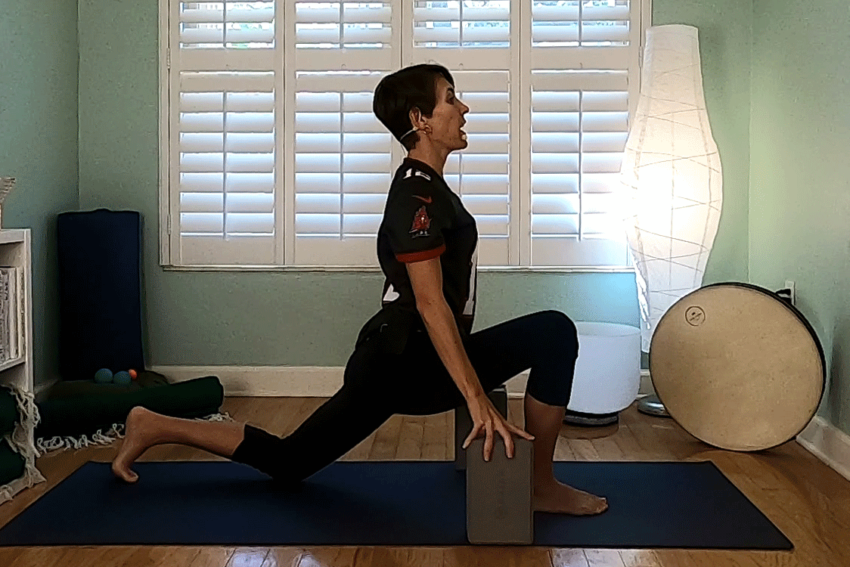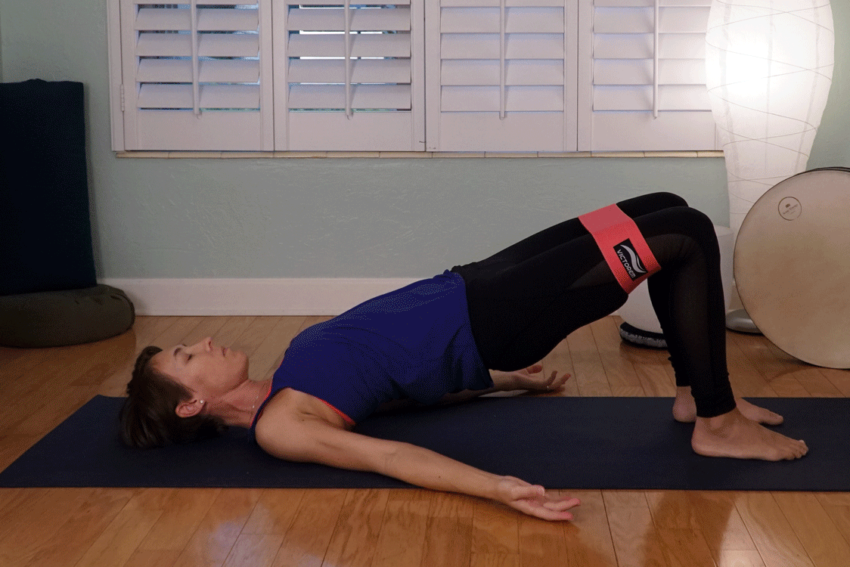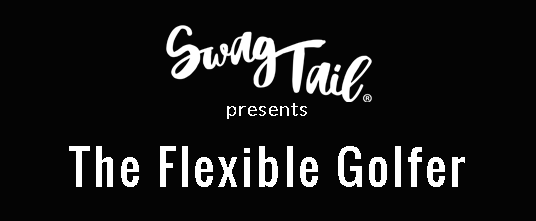Last week we discussed how ongoing learning keeps you on the cutting edge as a golfer. Yet it’s really the good habits you embody on a daily basis that internalize your new knowledge. Those good habits form the foundation for mastery and they amplify your power to be a positive influence in your community.
You might be thinking this is clearly common-sense information. Yet, you might realize that you’re too busy in life—working, raising a family, spending time with friends, serving your community—to establish new golf abits. Or you might be uncertain about which habits to change or adopt first.
Maybe you’re entirely frustrated that you still haven’t let go of some lingering bad habits—and you feel like they’re pulling you down.
While there are certain habits unique to us as individuals, there are good habits that collectively serve us well as a golfer. This article will shed light on which habits can give you the most energy for your action. And, it will also highlight the simple strategy you can use to embrace those good habits now (and get them to stick around).
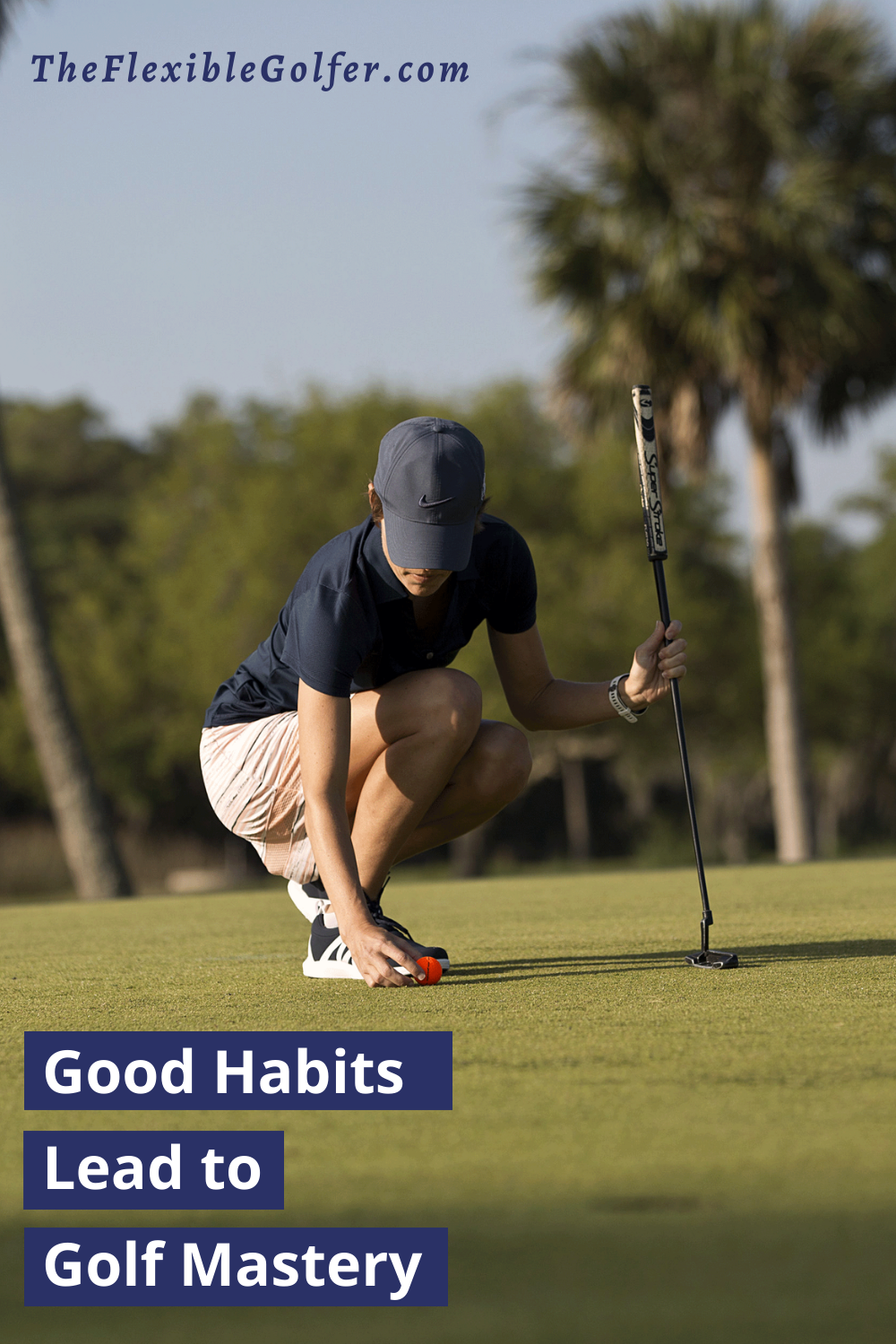
THE IMPORTANCE OF GOOD HABITS
In order to learn and evolve as human beings, we go through the trial and error process. You try, fail, learn, and then try differently. You throw out what doesn’t work and keep what does.
From this basic standpoint, habits are just a series of automatic solutions that you have adopted in order to meet the challenges of your life. For example, if you encounter traffic on your way to the golf course, you might arrive late for your tee time. This will cause you to set your alarm earlier so you can leave before the rush next time. Eventually, you get so accustomed to rising naturally at that time you do so without the need for an alarm. And, the end result of your new habit is that you arrive at the course in a calm, centered space from which to teach.
When you put these good habits on repeat, a number of benefits result. You:
- can take action without always thinking
- solve problems with as little energy and effort as possible
- free up mental space to focus on more important things in your life (And yoga business)
- can pay attention to new details
- are able to receive new and creative thoughts
- create more freedom, and
- unlock a new level of performance
Now who doesn’t want all of that, and more?!?
3 LAYERS OF BEHAVIOR
Before we get into the good habits that will lead to the benefits listed above, you will need to understand the three levels at which change occurs. This info is outlined in more detail by James Clear, in his book Atomic Habits.
The first layer, or the outer circle, represents your desired outcomes. This is where you want to go and this area represents the goals you have for your golf game. An example of this might be to make your chip shots within 6 feet of the pin or to shoot under 80 this season.
The middle layer reflects the systems you have in place to reach your goals. It’s how you train for your game and the habits you take daily to stay on track. I share many of my own training tools on the yoga mat and on the course in my Flexible Golfer Program. One common example of a system for improvement is a regular coaching session with your local golf pro.
Finally, the third layer is at the core of the circle. It’s your identity. This area encompasses your ideas and beliefs about yourself. It’s how you view the game of golf and the world at large.
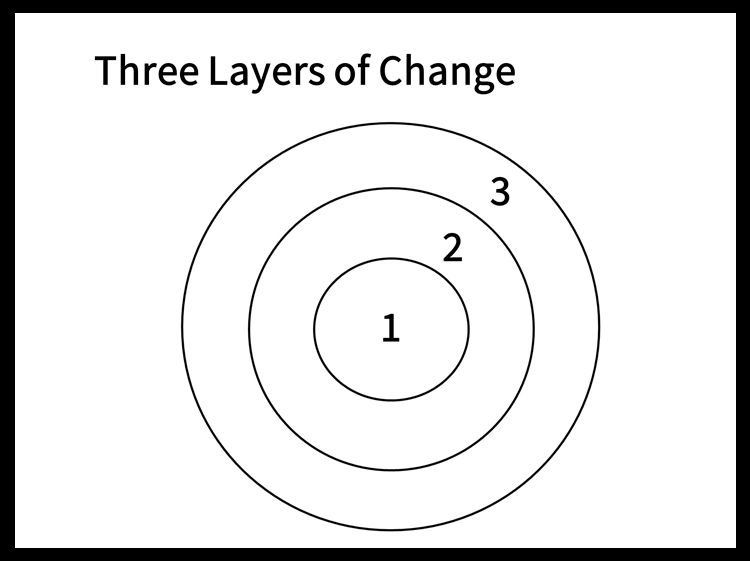
WHY GOOD HABITS DON'T STICK
Most golfers, including yogis, don’t get good habits to stick in their regular routine because they approach the process to change from the wrong direction. They fail because they try to adopt habits directly related to their goals first.
Let me paint a familiar picture for you.
You just had a fantastic round and you’re so excited to keep moving toward reaching your PR on the course. You look in your bag and think that regripping your clubs might help. Oh, and you go ahead and splurge on that new putter because you just know it’s going to improve your score. You even decide to practice with a friend regularly (who shoots better than you) and you ask them for their advice).
You hope that maxing out your time and energy with these actions will lead you to your ultimate goal of consistent play on the green and a lowered score.
While each of those habits in-and-of-themselves could be a piece to your success, you were focused solely on the end result—a number on your score card. You let your focus on the outcome determine your actions. And unfortunately, you’re far more likely to burn out and blow your budget in the process.
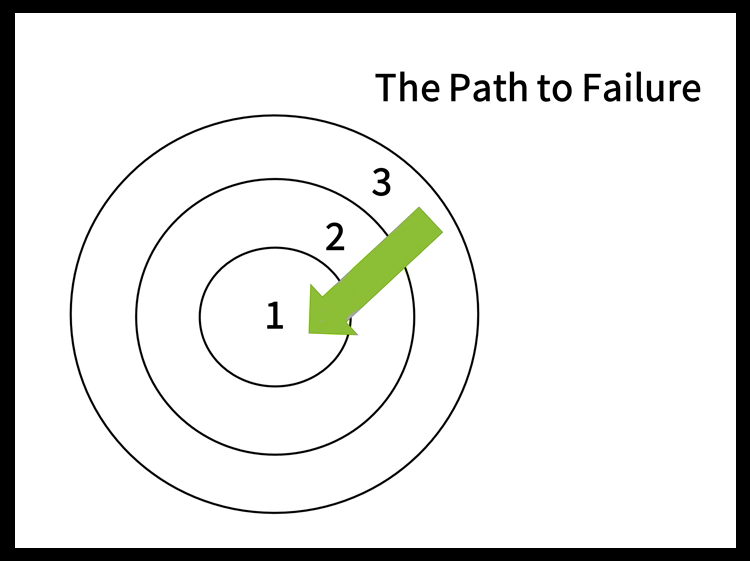
HOW TO INTERNALIZE GOOD HABITS
To prevent burnout and lack of confidence as you take action, start at the inside of the circle. Decide who you want to BE. Instead of wanting some-thing, get clear on being some-one. Shift the way you look at yourself and then start making decisions based on that future you.
Instead of focusing on “having a specific score,” consider yourself an incredible golfer.
Rather than having the goal to learn new chipping tips, become an amazing player around the green. The goal is not to have few strokes each round, but to be a magnetic golfer where the ball easily finds the cup.
This is an important point because your behaviors are a reflection of your identity. When you’re proud of who you are, you are inspired to take positive actions. This leads to good habits becoming a natural part of your daily life—not a struggle to change for the better.
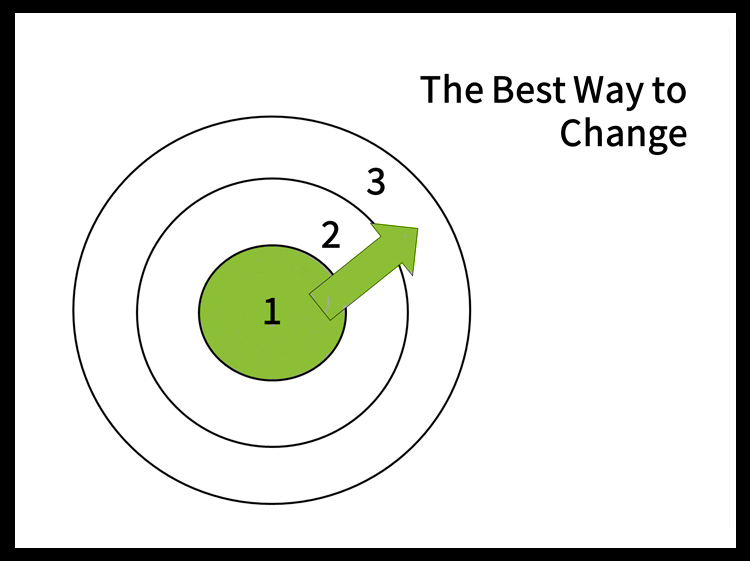
TELL A NEW STORY
Old storylines about your identity can prevent you from adopting good habits that will ultimately help you reach your goals. That’s why real, lasting change comes with telling a new story about who you are.
First, notice what stories you are telling about yourself currently. Perhaps you notice yourself saying things like:
- I’m terrible at hitting over water.
- I get flustered playing with loud people in my group.
- My gain goes to crap in the rain.
- I never have time to warm up.
Awareness is the first step to changing these mental grooves. Thankfully, yoga increases your ability to perceive such information.
Next, decide the type of person you want to be.
- What are your principles and values?
- Who do you admire, and what why?
- Which attributes do you role models have that you want to embrace yourself?
- What do you stand for?
- Who is the type of person who’s an excellent golfer? Reliable teammate?
- Who is the type of person that would reach my goal of _____________ ?
Then, take action each day that reinforce the new you. Make decisions that align with who you want to become. Remember, you don’t have to make drastic change immediately, and you don’t have to adopt new, good habits all at once. In fact, getting better 1% at a time can have far better results in the long run.

HABITS: A DOUBLE-EDGED SWORD
Good habits can reinforce your identity. They allow you to move with speed and skill. Good habits also become the stepping stones to reach your goals.
Yet any time you make something a habit, your comfort level increases. This can make you less sensitive to feedback. You can fall into mindless repetition. Or, worse, you start to mindlessly go through the motions and confuse getting better with just taking action.
That’s where deliberate practice comes into play. Deliberate action is the third ingredient to mastery and it’s essential if you want to maximize your potential. We’ll dive into this topic next week.

PUTTING IT TOGETHER
There are three levels at which you can make changes in your life. Many golfers fall into the trap of trying to adopt habits that will support their goals first. The problem is that this leads to burnout. Instead, get clear about the person you want to become. Decide what attributes you need to embody as an incredible golfer. Then take small steps to reinforce that identity. This will not only make good habits an effortless part of your life, it will increase your joy, satisfaction, and clarity as you move toward your golf goals.

